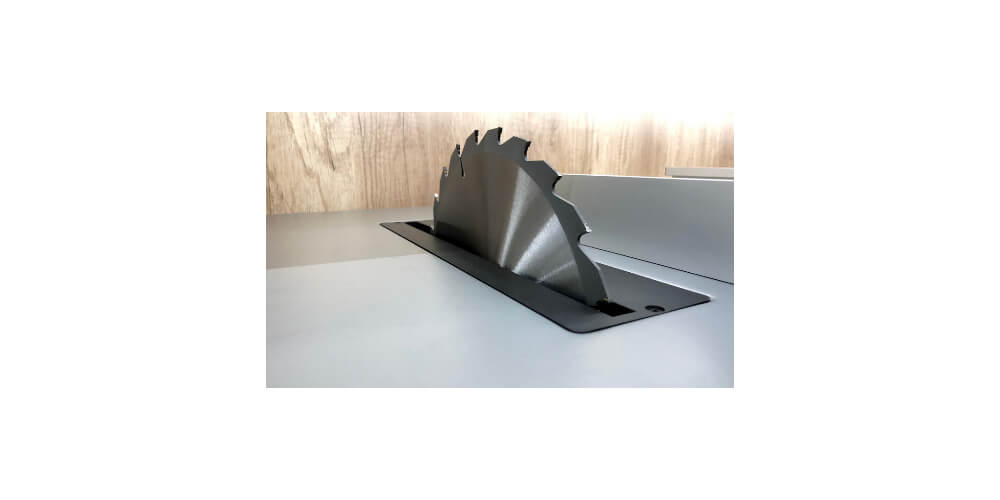Whether it is a small or gigantic industrial blade, they all have a few things in common. For example, the cutting blades are mostly sharp. Even a used one can cut into the human flesh easily. When handling one, you need to ensure that you keep its sharp edge away from you. Secondly, you also need to make sure that the area around is clean. Do not rub your hands or fingers against the blade when determining its sharpness. To prevent injuries and damage to the spark blades, when not installed in a slotting machine, the knife should be in its holder with a tight screw. Here are additional tips for caring for your blade.
1. Routine Care
Check the knife to ensure that it is not splintered in any way. This is a safety practice that you should always consider implementing any time the blade is not in use. Most experts will always provide a sharp and dull tag for every blade you purchase.
2. The Life of the Blade
The knife’s life is what most experts refer to as the time between the sharpenings. But, it can get impacted by multiple factors. One major element is the material being cut. The chemical composition of the object being cut, also matters.
Whether the material is abrasive or just soft, thin, or paper-like, you should be careful not to cut yourself. Note, if the blade isn’t calibrated in the correct manner, it will cut extremely deep into the stick. This might damage the life of the cutting stick.
An additional factor that will determine the life of the blade is the material it is made up of. A knife with inlaid steel cannot have a long life span. Secondly, adjusting the sharpening angle of the blade can interfere with the edge life. Thus, how well the adjustment and sharpening angle of the blade are done will impact on its life span.
3. Always have multiple blades at hand
It is prudent to buy more than just a single set of knives. You need to budget for a spare set so that you don’t do without one sharp blade that is readily available to install. Many customers have multiple blades with a variety of levels. Thus, ensure that you use the correct cutting sticks for your machine.
4. Prevent corrosion
Here are a few notable point s on corrosion:
- Note, to prevent any form of corrosion; there are knives coated with light oil. The oil should be removed with care. That way, it will not cause damage to the material you’re cutting.
- When installing a blade, you should be careful not to allow its edge to bump on the machine. A small bump can cause damage to the blade
- Keep the blades securely mounted into their bolts
- Replace any blade that is damaged
- Always store the blade in a dry place
Final Thoughts
Experts recommend that you use a professional tune-up every year. If you fail to sharpen the blades, it is highly recommended that you sharpen them when they become dull. A sharp knife is safer than a dull one. In between the sharpening slots, a honing rod may be used in maintaining a sharp edge.
